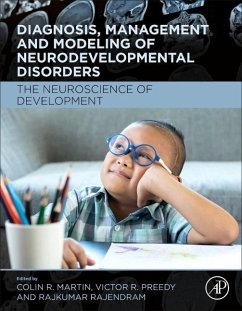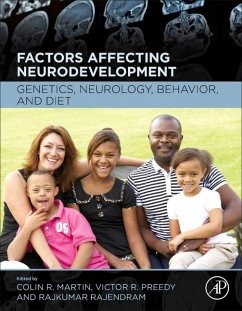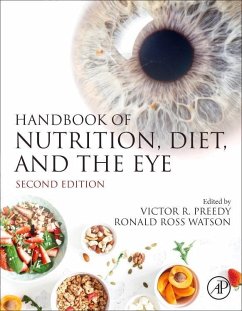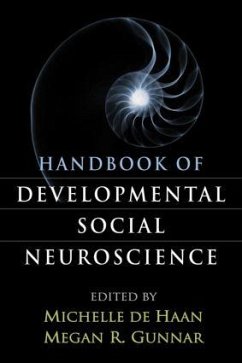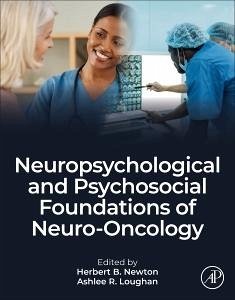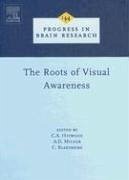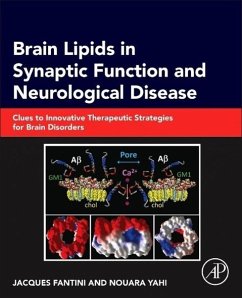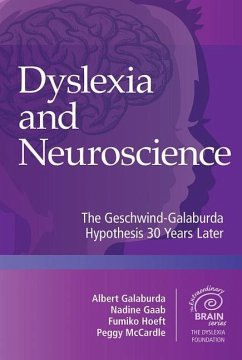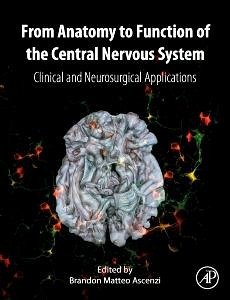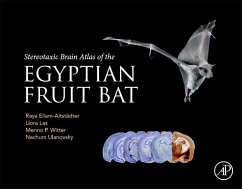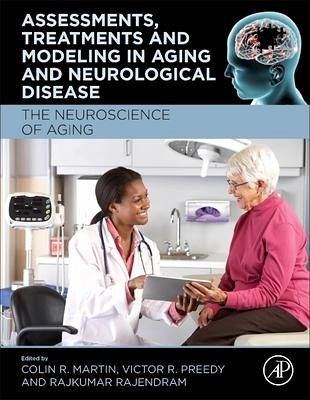
Assessments, Treatments and Modeling in Aging and Neurological Disease
The Neuroscience of Aging
Herausgeber: Martin, Colin R; Rajendram, Rajkumar; Preedy, Victor R

PAYBACK Punkte
111 °P sammeln!
Assessments, Treatments and Modeling in Aging and Neurological Disease: The Neuroscience of Aging is a comprehensive reference on the diagnosis and management of neurological aging and associated disorders. The book discusses the mechanisms underlying neurological aging and provides readers with a detailed introduction to the aging of neural connections and complexities in biological circuitries, as well as the interactions between genetics, epigenetics and other micro-environmental processes. It also examines pharmacological and non-pharmacological interventions of age-related conditions that...
Assessments, Treatments and Modeling in Aging and Neurological Disease: The Neuroscience of Aging is a comprehensive reference on the diagnosis and management of neurological aging and associated disorders. The book discusses the mechanisms underlying neurological aging and provides readers with a detailed introduction to the aging of neural connections and complexities in biological circuitries, as well as the interactions between genetics, epigenetics and other micro-environmental processes. It also examines pharmacological and non-pharmacological interventions of age-related conditions that affect the brain, including Alzheimer's, stroke and multiple sclerosis.




